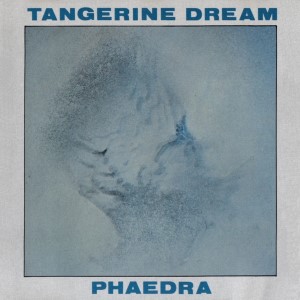
..:: audio-music dot info ::.. |
| A l b u m D e t a i l s |
 |
Label: | Virgin Records |
| Released: | 1974.02.20 | |
| Time: |
37:33 |
|
| Category: | Electronic, Avant-Garde | |
| Producer(s): | Edgar Froese | |
| Rating: | ||
| Media type: | CD |
|
| Web address: | www.tangerinedream-music.com | |
| Appears with: | ||
| Purchase date: | 2012 | |
| Price in €: | 1,00 | |
| S o n g s , T r a c k s |
| A r t i s t s , P e r s o n n e l |
| C o m m e n t s , N o t e s |
Phaedra was the first album in which many things had to be structured. The reason was that we were using the Moog sequencer (all driving bass notes) for the first time. Just tuning the instrument took several hours each day, because at the time there were no pre-sets or memory banks. We worked each day from 11 o'clock in the morning to 2 o'clock at night. By the 11th day we barely had 6 minutes of music on tape. Technically everything that could go wrong did go wrong. The tape machine broke down, there were repeated mixing console failures and the speakers were damaged because of the unusually low frequencies of the bass notes. After 12 days of this we were completely knackered. Fortunately, after a two day break in the countryside a new start brought a breakthrough. 'Mysterious Semblance' was recorded on Dec 4th. Pete and Chris were asleep after a long day's recording session so I invited my wife, Monique, into the studio. I called in the studio engineer and recorded it in one take on a double-keyboarded Mellotron while Monique turned the knobs on a phasing device. This piece is on the record exactly as it was recorded that day. And this practice was to continue for the rest of the session.The title track was originally based on an improvisation recorded in the studio, and unintentionally exhibits one of the limitations of the analog equipment used at the time. As the equipment warmed up, some of the oscillators began to detune (they were highly temperature-sensitive), which was responsible for some of the changes in the music towards the end of the piece.
| L y r i c s |
| M P 3 S a m p l e s |